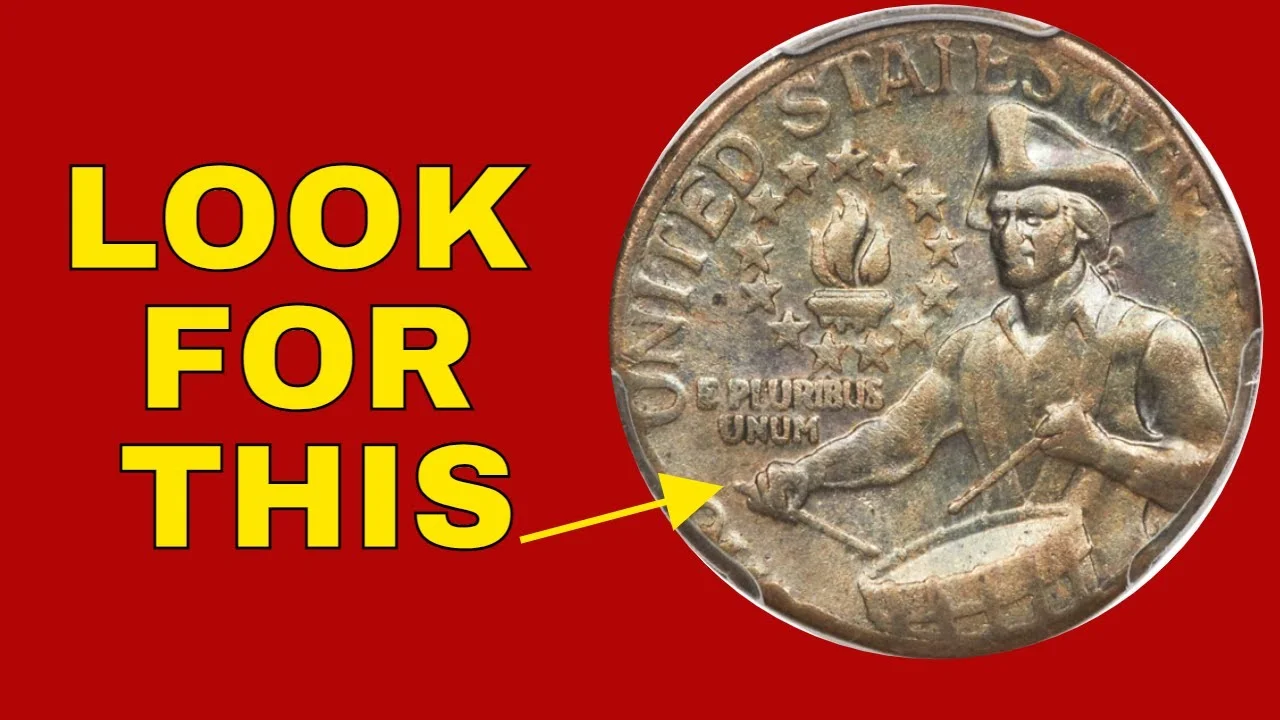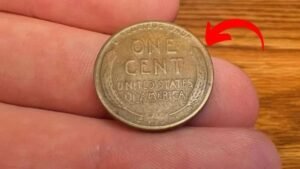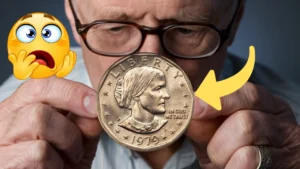Imagine finding a quarter in your change that’s worth billions. Sounds like a dream, right? The rare Bicentennial Quarter has sparked excitement among collectors and casual coin hunters alike. In this post, we’ll dive into its history, value, and how you might spot one. Ready to hunt for treasure?
What Is the Bicentennial Quarter?
The Bicentennial Quarter is a special U.S. coin minted in 1975 and 1976 to celebrate America’s 200th anniversary. Featuring a colonial drummer and the dual date “1776–1976,” it’s a symbol of American history. While most are worth just 25 cents, a rare variant has a jaw-dropping value.
History of the Bicentennial Quarter
In 1976, the U.S. Mint released the Bicentennial Quarter to honor the nation’s founding. Designed by Jack L. Ahr, the reverse shows a drummer boy, symbolizing the Revolutionary War. Over 1.6 billion were minted, making them common—except for a few rare versions with unique errors or compositions.
Key Milestones in Its History
- 1975–1976: Minted for circulation and special collector sets.
- Design: Features George Washington on the obverse and a drummer on the reverse.
- Variants: Some were struck in 40% silver for collectors, while others have rare minting errors.
Why Is It So Valuable?
A specific Bicentennial Quarter, rumored to be worth up to $2.5 billion, is a numismatic legend. Its value comes from unique errors, like a double die or off-metal strike, making it one-of-a-kind. High-grade silver versions also fetch thousands at auctions due to rarity and demand.
| Feature | Common Quarter | Rare Variant |
|---|---|---|
| Material | Copper-Nickel | 40% Silver or Error |
| Value | $0.25 | Up to $2.5 Billion |
| Minting Errors | None | Double Die, Off-Metal |
| Collector Demand | Low | Extremely High |
How to Find This Rare Coin
You might have a rareИСтиль: conversational, enthusiastic
Could one be hiding in your pocket? Check your change for these signs:
- Silver Content: Rare versions may feel heavier due to 40% silver.
- Minting Errors: Look for doubled images or unusual metal shine.
- Mint Marks: “S” marks indicate silver coins from San Francisco.
Visit coin shops, flea markets, or check old family collections. Always consult a professional appraiser for suspected rare finds.
Fascinating Facts About the Quarter
- Mass Production: Over 1.6 billion Bicentennial Quarters were minted.
- Silver Editions: Collector sets included 40% silver coins, unlike regular copper-nickel ones.
- Error Rarity: Double die errors are so rare, fewer than 100 are known to exist.
| Fact | Details |
|---|---|
| Total Minted | ~1.6 Billion |
| Silver Versions | ~15 Million (Collector Sets) |
| Known Error Coins | <100 (Double Die, Off-Metal) |
| Top Auction Price | $20,000–$500,000 for Rare Variants |
Expert Tips for Coin Collectors
- Learn to Spot Errors: Study double die and off-metal characteristics online.
- Use a Magnifier: A 10x loupe helps identify minting errors.
- Join Numismatic Clubs: Connect with experts for guidance and trading.
- Store Properly: Use acid-free holders to preserve coin condition.
- Stay Updated: Follow auction sites for rare Bicentennial Quarter listings.
Frequently Asked Questions
Q: How do I know if my quarter is rare?
A: Check for minting errors like double dies or a silver-like shine. Consult a numismatist for appraisal.
Q: Where can I sell a rare Bicentennial Quarter?
A: Try reputable auction houses, coin dealers, or online platforms like Heritage Auctions.
Q: Are all Bicentennial Quarters valuable?
A: No, only specific error coins or silver versions have significant value.
Conclusion
The Bicentennial Quarter is more than a piece of history—it’s a potential goldmine. With some worth up to $2.5 billion, checking your change could be life-changing. Start hunting, join numismatic communities, and share this post to spread the word. Got a quarter to check? Let us know in the comments!




